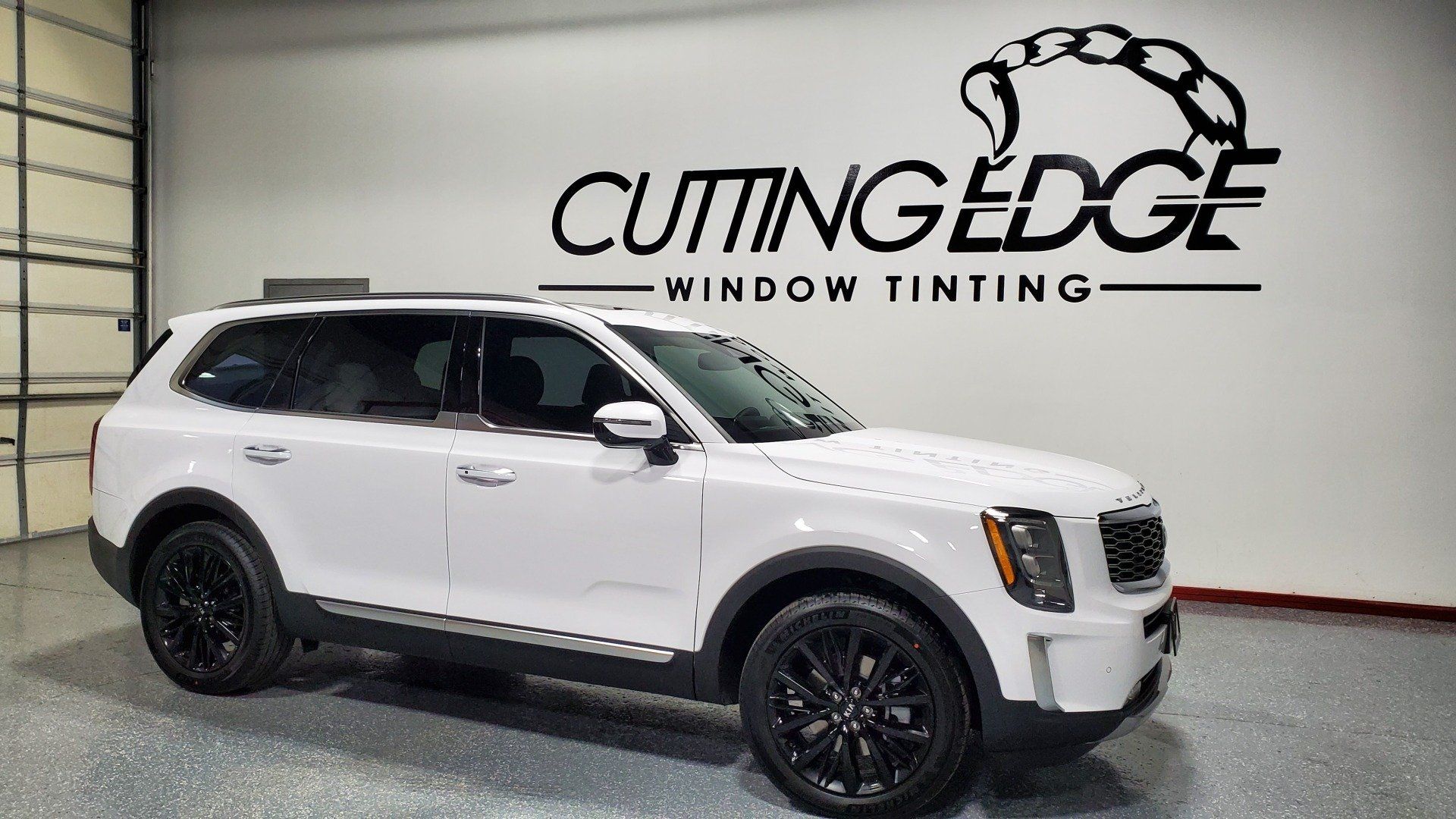How dark is 50-Word Tint?
You are here to learn the darkness of 50 window tints are. This article will cover a variety of aspects of the product , including the legality of the product, visible light transmission, as well as the effects on depth perception and visual clarity. You might prefer a lighter tint, ranging from 20 to 30 depending on your preference. But, this kind of tint could cause it to be difficult to discern. To ensure safety make sure you select a dark shade in the event that you drive.
Transmitting visible light
The visible light transmittance of the film (VLT) is the amount of light that can pass through it. The VLT of fifty means that the sun's rays will be blocked by half. will not pass through the window. If the VLT is at 80 percent, seventy-five per cent of visible light will be reflected. Tinted windows can decrease the vehicle's solar heat gain by up to 60 percent.
Window film should have the greatest possible VLT. This is the most effective price for the desired level of security. The VLT is the greater, the better protection. For example an image with a VLT of fifty percent would allow the majority of light to traverse through, while a film that has a VLT as low as five percent will allow only 5percent of visible light pass through.
Legality
A good place to start researching the legality of 50-degree window tint is the state laws that govern tinting for vehicles. Some states allow tinting of up to a certain percentage of windows, while others restrict the amount of light that can be absorbed by the vehicle. This could make driving more difficult, but tinting your windows can also protect you from police from looking inside your vehicle. To avoid legal trouble ensure that you call the state DMV and inspect the tint.
Before applying window tint make sure you check your state's laws regarding its legality. Certain colours and reflective finishes could be forbidden by law in your state. Others are not. The AS-1 line, which is present on the majority of automobile windshields, can determine whether the 50 percent tinting of windows is legal in your state. In most cases, tinting is legal provided it does not block glare or visibility or causes discomfort.
Effects On Visual Acuity
Utilizing Landolt's circle charts researchers measured each subject's vision acuity at different times of light and darkness. This study shows that tinted windshields don't affect visual acuity over the short-term. The study actually demonstrated that increased illumination could increase visual acuity despite the fact that tinted windshields have no effect on driving.
Fovea is the retina's part responsible for the highest acuity of vision. It's situated at the center of the field, and is utilized constantly to concentrate on objects. Foveas are sensitive to low light levels due to the fact that it is comprised of cones. Low-luminance environments may cause blind spots that measure 5-10 inches in diameter. This could cause objects to appear blurred or disappear if they are not directly viewed.
The results of the study showed that age, gender, light intensity, and gender had significant effects on visual acuity. The visual acuity test showed that older people performed less than those younger. However, the increased glare resulted in a higher contrast threshold. So, tinted windows enhance eye health and reduce eye strain. It is the first study to show a link with tinted windows and visual acuity, and eye health.
Depth perception: effects
Window tints that are darker offer protection from ultraviolet rays, however, if they exceed 30%, they are illegal and potentially dangerous. Additionally, a very dark window film may reduce visibility at night. If the film is dark, objects that are stationary can disappear into the background. Drivers may find it difficult to see objects in dark environments. Also, people wearing dark clothing may have difficulty seeing. Older people may find the negative effects of window tint 50 percent less than the effects of window tints that are more severe.
Conclusion
This study compares two types windshields. Both types of windshields are equally effective in terms of visual acuity and the glare response. The results are discussed with their weaknesses and future plans. This study has its limitations. To determine the effect of window tints on depth perception, more studies are required. This paper is only one of a series of research studies on this subject. For more information, consult the links below.
|
Phone +18474292479
|
|
| Address |
408 Brook St, Elgin, IL 60120
|

